


|

|

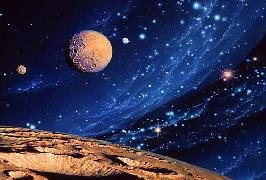
Students who have taken other astronomy courses should be forewarned that they may find a significant overlap with materials covered in those courses. Science students may find that the course is not as rigorous as they would like and may find the introductory material concerning the history of the subject and a brief survey of ancients attempts understanding the Universe, superfluous. That being said, the course material, lectures and readings, will introduce concepts that even undergraduate specialist students are unlikely to seen previous. These notions and ideas, stemming from on-going research at the very frontiers of our knowledge about the Universe, are guaranteed to stretch and bend the mind in unimaginable ways.
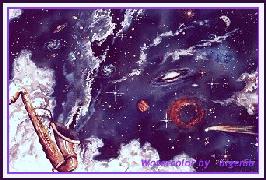
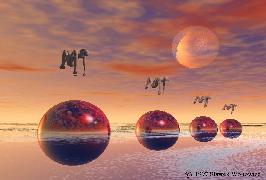
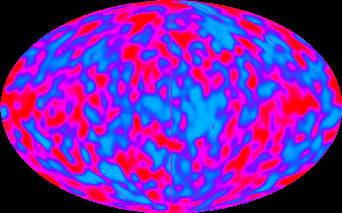
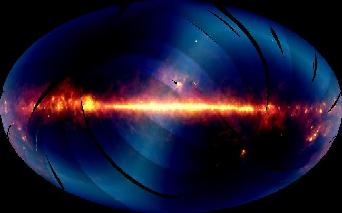
When I heard the learn'd astronomer, When the proofs, the figures, were ranged in columns before me, When I was shown the charts and diagrams, to add, divide, and measure them, When I sitting heard the astronomer where he lectured with much applause in the lecture-room, How soon unaccountably I became tired and sick, Till rising and gliding out I wander'd off by myself, In the mystical moist night-air, and from time to time, Look'd up in perfect silence at the stars.
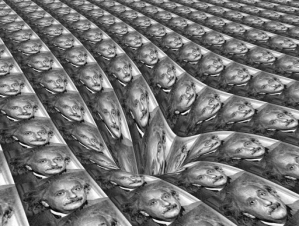

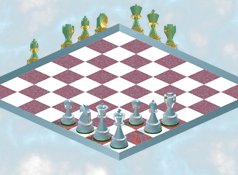

|

|